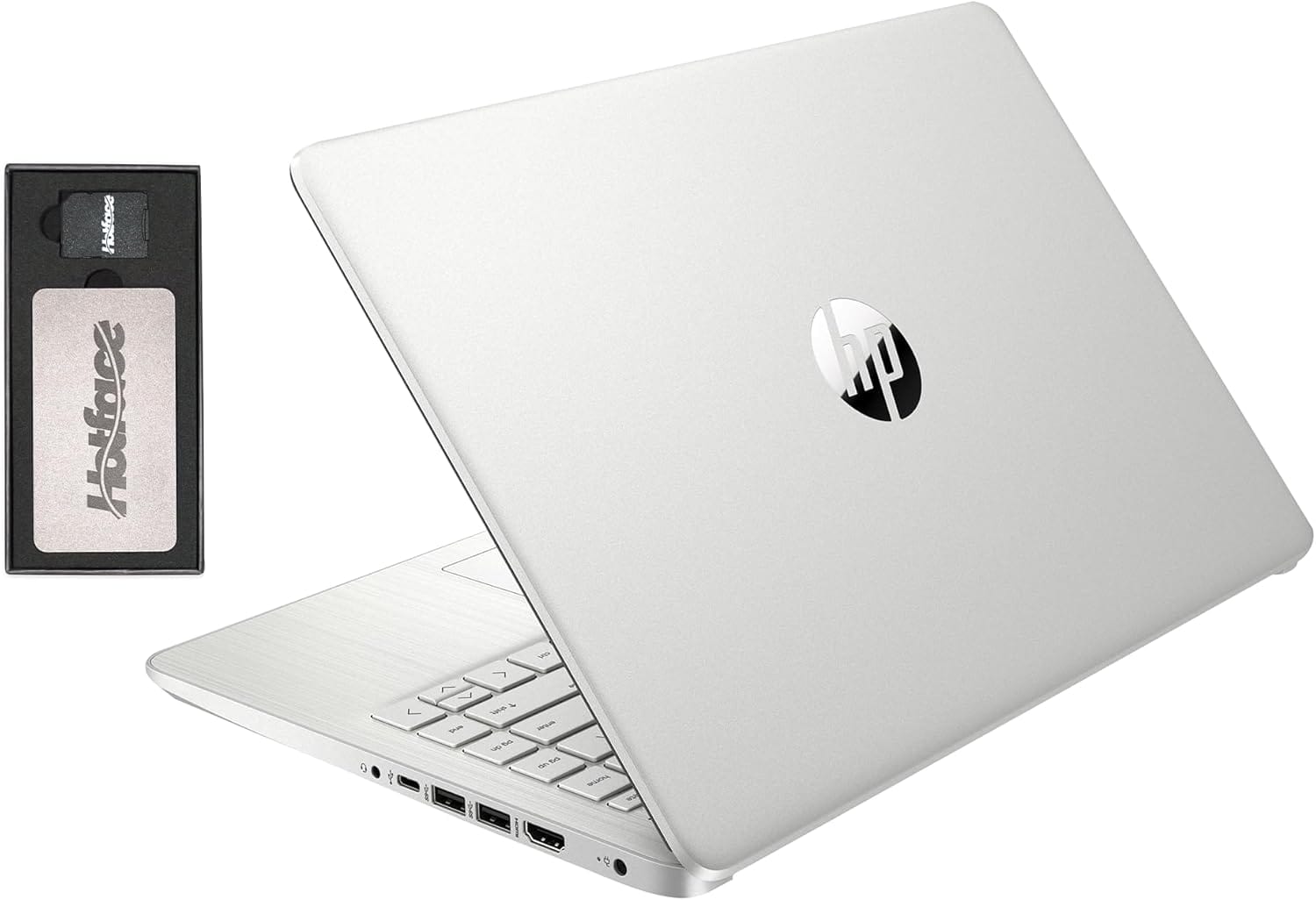Introduction
Microsoft Patch Day serves as a critical reminder for Windows users to prioritize system security. Each month, Microsoft releases updates to address vulnerabilities that could potentially jeopardize your data and privacy. These patches are vital in protecting against exploitation by cybercriminals who constantly seek to take advantage of weaknesses in software.
In March, Microsoft identified 5 critical Windows vulnerabilities that demand your attention. These vulnerabilities include:
- CVE-2025-24035: A remote code execution vulnerability that allows attackers to gain control over affected systems.
- CVE-2025-24045: A privilege escalation vulnerability that can elevate user accounts without proper authorization.
In addition to these critical vulnerabilities, there are 6 others already exploited by malicious actors, raising the stakes for users who delay updates. Staying informed about these issues is essential not only for individual users but also for IT security professionals tasked with safeguarding networks.
By addressing these vulnerabilities promptly, you can bolster your cybersecurity defenses and protect your systems from potential threats.
Understanding Microsoft Patch Day
Microsoft Patch Day, commonly known as Patch Tuesday, occurs on the second Tuesday of each month. This day is crucial for Windows users as it provides timely updates that address security vulnerabilities and bugs within Microsoft products. Staying updated is essential to protect your systems from potential exploits and cyber threats.
Why It Matters
- Security Enhancements: Regular updates are vital for maintaining system integrity and safeguarding sensitive data.
- Bug Fixes: Addressing software bugs improves overall performance and user experience.
How to Check for Updates
To ensure you are protected, follow these steps:
- Open Settings:
- Click on the Start menu.
- Select the gear icon to access Settings.
- Navigate to Updates:
- Click on “Update & Security.”
- Select “Windows Update” from the sidebar.
- Check for Updates:
- Click the “Check for updates” button.
- Follow prompts to install any available updates.
For additional information about security patches, visit the Microsoft Security Response Center or review the March Patchday Release Notes. Ensuring your system is up-to-date protects against vulnerabilities like those identified in our earlier discussions about critical Windows vulnerabilities.
Critical Windows Vulnerabilities You Should Know About
1. CVE-2025-24035: Remote Code Execution Vulnerability
CVE-2025-24035 poses a significant threat as a Remote Code Execution (RCE) vulnerability. This flaw allows attackers to exploit vulnerable systems, gaining control remotely. The exploitation process typically involves sending specially crafted requests to the affected software or service, which can execute arbitrary code on the system without user consent.
Potential Risks
The implications of CVE-2025-24035 are severe, including:
- Data Theft: Attackers can access sensitive information stored on compromised systems.
- Unauthorized Access: Malicious actors may navigate through internal networks, accessing additional systems and data.
- System Integrity Compromise: Once control is established, attackers can manipulate system settings or install malicious software.
Many organizations utilize various Microsoft products, making them susceptible to this vulnerability. For instance, Windows Server versions affected by CVE-2025-24035 have been flagged with a high CVSS score of 8.1, indicating critical severity levels that require immediate attention.
The risk escalates when considering that vulnerabilities like CVE-2025-24035 are often leveraged in conjunction with other exploits. Attackers may employ this RCE vulnerability as an entry point, creating opportunities for further attacks against the network infrastructure.
In light of March’s Microsoft Patch Day, it is crucial for users and administrators to prioritize updates addressing such vulnerabilities. Addressing CVE-2025-24035 is not only about patching systems but also about safeguarding sensitive information from potential breaches and ensuring organizational security remains robust.
2. CVE-2025-24045: Privilege Escalation Vulnerability
CVE-2025-24045 is a serious privilege escalation vulnerability that affects user accounts in the Windows environment. This flaw allows attackers to gain higher user privileges, going from limited access to administrative levels, without proper authorization. Such unauthorized elevation can have severe consequences, including:
- Unauthorized changes to system settings
- Installation of malicious software
- Data manipulation or theft
Various versions of Windows Server and other Microsoft applications are affected by this vulnerability. Specifically, systems that are running outdated or unpatched versions are particularly at risk. Given the critical nature of this vulnerability, it is essential for organizations to monitor their systems and apply the necessary patches released on Microsoft Patch Day. Addressing CVE-2025-24045 is crucial for maintaining the integrity and security of user accounts, especially in environments that rely on strict access controls.
3. CVE-2025-26645: Security Feature Bypass Vulnerability
CVE-2025-26645 poses a serious risk as it allows attackers to bypass important security features implemented in the operating system or applications. This vulnerability gives malicious individuals the opportunity to exploit weaknesses, potentially resulting in unauthorized access and manipulation of sensitive information.
Key details about CVE-2025-26645 include:
- Bypassing Security Measures: Attackers can find ways to go around established protections, compromising the security of user systems.
- Exploitation Methods: Cybercriminals may use this vulnerability to introduce malware or gain higher permissions within an affected environment.
The consequences of such a vulnerability are severe, especially when combined with other critical vulnerabilities discovered in March like CVE-2025-24035 and CVE-2025-24045. It is crucial for IT security professionals to understand these vulnerabilities that bypass security features so they can take necessary actions to safeguard their infrastructure from ongoing threats.
4. CVE-2025-24084: High Severity Vulnerabilities in Windows Components
During the March Patch Day, several high severity vulnerabilities were identified across various Windows components. These vulnerabilities pose significant risks to users and organizations alike.
Key highlights include:
- CVE-2025-24035 and CVE-2025-24045 are critical vulnerabilities that allow for potential exploitation methods such as:
- Remote code execution, enabling attackers to execute malicious code on vulnerable systems
- Privilege escalation, which permits unauthorized elevation of user accounts to administrative levels
In total, Microsoft addressed 57 CVE vulnerability patches, with five critical vulnerabilities including the aforementioned ones.
Additionally, there are six other vulnerabilities that have already been actively exploited by cybercriminals. The urgency to apply these patches cannot be overstated, as unaddressed vulnerabilities leave systems open to attack and can result in serious data breaches or unauthorized access. Understanding these threats is essential for maintaining robust IT security.
5. CVE-2025-24064: Cyber Kunlun Research Findings on a New Variant of an Existing Exploit Kit Targeting Windows Systems
Recent findings from Cyber Kunlun researchers highlight CVE-2025-24064, a new variant of an existing exploit kit specifically targeting Windows systems. This vulnerability is particularly concerning due to its potential to facilitate ongoing cyber attacks against users.
Key insights include:
- Attackers can leverage this vulnerability to deploy sophisticated exploits, potentially leading to remote code execution.
- The exploit kit’s design shows increased efficiency in compromising vulnerable systems, raising the stakes for Windows users.
In March, five critical vulnerabilities were identified, including CVE-2025-24035 and CVE-2025-24045. These vulnerabilities pose significant risks, with attackers increasingly targeting them alongside this new variant. Continuous monitoring and immediate patch application are crucial for safeguarding against these threats.
Actively Exploited Vulnerabilities in Windows Systems That You Should Be Aware Of
In March, six actively exploited vulnerabilities were identified, drawing significant attention from cybercriminals. These vulnerabilities were previously known but have now become focal points for attacks. Their exploitation poses serious risks to users and organizations alike.
Key Points of Concern:
- Targeted Nature: Attackers are leveraging these weaknesses to compromise systems directly or to facilitate further malware deployment.
- Common Methods: Cybercriminals often employ phishing techniques or exploit unpatched software to gain unauthorized access. Once inside, they execute malicious code or escalate privileges to carry out more sophisticated attacks.
- Immediate Risk: Vulnerabilities are not just theoretical threats; they are currently being utilized in active campaigns to breach organizational defenses, leading to data breaches and financial losses.
Awareness of these actively exploited vulnerabilities is crucial for maintaining security. Regular updates and monitoring for unusual activity will help mitigate associated risks effectively. Keeping abreast of these developments ensures that you remain one step ahead of potential threats targeting your systems.
Implications for IT Security Professionals and System Administrators
Understanding both critical vulnerabilities identified during Microsoft Patch Day and the 6 others already exploited is essential for IT security professionals. Knowledge of these weaknesses enables effective safeguarding of organizational networks against escalating cyber threats.
Recommended Actions
To mitigate risks associated with these vulnerabilities, consider implementing the following system protection measures:
- Network Segmentation: Isolate sensitive data and systems from less secure areas of the network. This limits potential exposure in case of a breach.
- Intrusion Detection Systems (IDS): Deploy IDS to monitor network traffic for suspicious activities. Real-time alerts can help in promptly addressing emerging threats.
- Regular Updates and Patching: Ensure that all software, including operating systems and applications, is updated regularly. Timely application of patches protects against known vulnerabilities.
- User Education and Training: Conduct regular training sessions for employees on best practices for cybersecurity. Awareness can minimize risks associated with phishing and social engineering attacks.
These proactive strategies are crucial in building a resilient defense against the evolving landscape of cyber threats targeting Windows systems. By focusing on both newly discovered vulnerabilities and those actively being exploited, IT professionals can significantly enhance their organization’s security posture.
What To Do After A Microsoft Patch Day Update?
After applying the patches from Microsoft Patch Day, you should take the following post-update measures to ensure your system remains secure:
- Run a full antivirus scan to detect any malicious software that may have compromised your system before the update.
- Check for any unusual activity on your accounts, including unauthorized logins or changes.
- Review system performance and functionality; note anything that seems out of the ordinary.
- Monitor updates related to the 5 critical Windows vulnerabilities and the 6 others already exploited to stay informed about potential threats.
By following these steps, you can significantly enhance your system’s security posture after patching.
FAQs (Frequently Asked Questions)
What is Microsoft Patch Day and why is it important?
Microsoft Patch Day, also known as Patch Tuesday, is a monthly event where Microsoft releases updates to address vulnerabilities in its Windows operating system. It is crucial for Windows users to stay updated as these patches help protect systems from security threats and exploits.
What are the critical vulnerabilities identified in March’s Microsoft Patch Day?
In March, five critical vulnerabilities were identified, including CVE-2025-24035 (Remote Code Execution), CVE-2025-24045 (Privilege Escalation), CVE-2025-26645 (Security Feature Bypass), and others that pose significant risks to system security.
How can I check for and install updates on my Windows system?
To check for updates, go to Settings > Update & Security > Windows Update. From there, you can check for available updates and install them to ensure your system is protected against known vulnerabilities.
What should I do after applying patches from Microsoft Patch Day?
After applying patches, it’s recommended to run a full antivirus scan and monitor your accounts for any unusual activity. This ensures that your system remains secure after the updates are installed.
What are actively exploited vulnerabilities and why should I be concerned?
Actively exploited vulnerabilities are security flaws that cybercriminals are currently targeting to compromise systems. Awareness of these vulnerabilities is essential for IT security professionals and users to implement necessary protection measures.
What actions can IT security professionals take to mitigate risks associated with vulnerabilities?
IT security professionals should understand both critical and actively exploited vulnerabilities and take actions such as implementing network segmentation, deploying intrusion detection systems, and regularly updating software to safeguard organizational networks against cyber threats.









